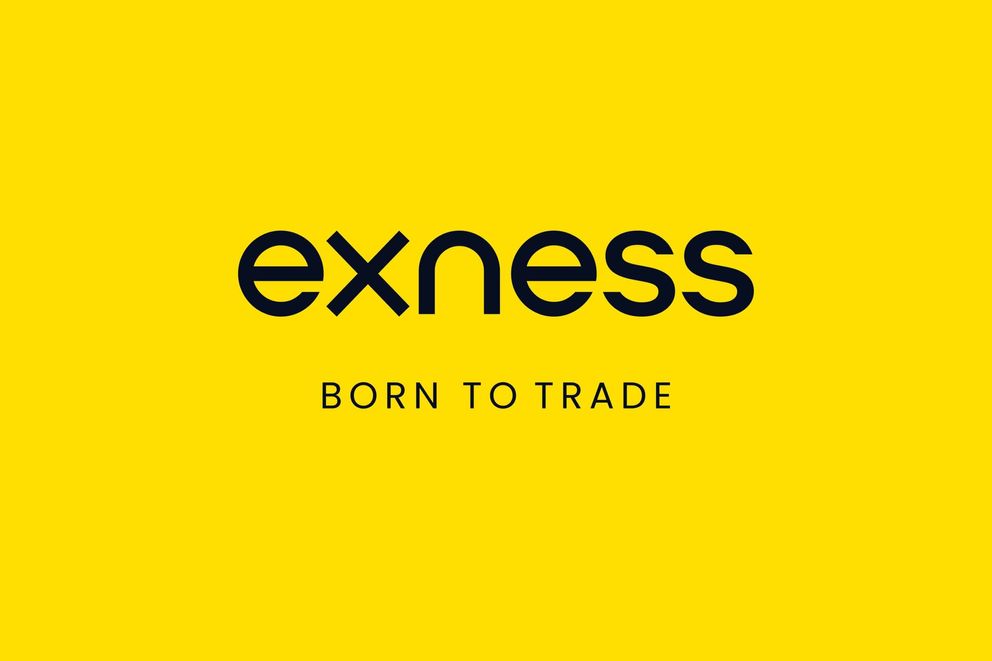11 Jul Understanding Spreads on Exness

Understanding Spreads on Exness
When you start trading with Exness, one of the critical elements you will encounter is the spread. The spread refers to the difference between the buying price (ask price) and the selling price (bid price) of a financial instrument. In this article, we will delve into what spreads are, how they work on Exness, and how they can impact your trading strategies. For more detailed insights, you can visit spreads on exness https://latam-webtrading.com/exness-mt4/.
What are Spreads?
In the world of trading, a spread is an essential concept that every trader must grasp. It acts as a transaction cost and is measured in pips for currency pairs. In simple terms, when you buy a currency pair, you pay the ask price, and when you sell it, you receive the bid price. The cost of these transactions—i.e., the profit that brokers make—is built into the difference between these two prices, known as the spread.
Types of Spreads
There are two primary types of spreads that traders might encounter on platforms like Exness: fixed spreads and variable spreads.
Fixed Spreads
As the name suggests, fixed spreads remain constant regardless of market conditions. A fixed spread allows traders to know the cost of their transactions upfront, which can be advantageous during stable market conditions. However, during periods of high volatility, brokers may widen their spreads to mitigate risks.
Variable Spreads
Variable spreads fluctuate based on market conditions, liquidity, and volatility. They can narrow during stable market conditions and widen during periods of market turbulence. While traders benefit from potentially lower spreads during favorable conditions, they must also be cautious of sudden increases in spreads during volatile times.
Why Spreads Matter

The spread is a crucial factor in every trade, as it directly affects your profitability. A narrower spread means lower transaction costs, which can significantly impact the overall return on your investment, particularly for short-term traders who execute multiple trades a day. Understanding spreads helps traders make informed decisions on which instruments to trade based on their cost structure.
How Spreads Work on Exness
Exness offers both fixed and variable spreads, and the specific type and value of the spread depend on the financial instrument being traded, market conditions, and the trading account type. For example, some trading accounts may have access to tighter spreads than others. It’s essential to choose the right account type based on your trading style to minimize costs.
Evaluating Spreads
When trading on Exness, evaluating spreads should be a part of your trading strategy. Consider the following factors:
1. Instrument Type
Different financial instruments come with different spreads. Major currency pairs usually have lower spreads compared to exotic pairs. When choosing what to trade, be mindful of the spread sizes for each instrument.
2. Market Conditions
Spreads can change based on market events, news releases, and overall market sentiment. Keeping an eye on the economic calendar can help you anticipate when spreads may widen.
3. Trading Volume
The more liquid the market, the tighter the spreads tend to be. Analyze trading volume to find opportunities where you can benefit from reduced spreads, which can be crucial for scalping strategies.

4. Account Type
Select the account type that aligns with your trading goals. Some account types on Exness offer lower spreads, which can be advantageous for frequent traders.
Strategies for Managing Spreads
Here are several strategies that traders can adopt to manage and work with spreads on Exness effectively:
1. Choose Your Timing Wisely
Trading during sessions of high liquidity can result in tighter spreads. The overlap between the London and New York sessions is often one of the best times to trade.
2. Utilize Limit Orders
Opening trades at pre-determined levels using limit orders can help mitigate the impact of spreads, particularly when trading at less favorable prices.
3. Trade Major Pairs
As previously mentioned, trading major currency pairs typically comes with lower spreads. Where possible, focus on these pairs to minimize transaction costs.
4. Optimize Your Trading Strategy
Keep your trading strategy flexible and adaptive to changing market conditions. Regularly reviewing your approach can help you stay ahead of potential spread changes.
Conclusion
Understanding spreads is vital to succeeding as a trader on Exness. By knowing how spreads work and implementing effective strategies, you can manage transaction costs and enhance your overall trading performance. Whether you are a beginner or an experienced trader, always monitor spreads as part of your trading routine. Successful trading doesn’t solely depend on the right entry and exit points but also on incorporating the cost of trading into your strategy.
Start your trading journey with Exness today, and make informed decisions about managing spreads for optimal trading outcomes.


No Comments